Why Some Movie Adaptations Fail (And Others Are Pure Magic)
I’ve pretty much lived my life in two places: between the pages of a book and in the glow of a movie theater. For years, I’ve been obsessed with how stories jump from one to the other. It’s a fascinating process, almost like alchemy. A team takes hundreds of pages of prose—all those internal thoughts and quiet descriptions—and has to somehow spin them into light, sound, and action. It’s a craft that demands way more than just pointing a camera at actors reading lines. It’s about being fluent in two completely different languages: the language of literature and the language of cinema.
In this article
- First, Let’s Talk About the Failures
- The Big Challenge: Making Thoughts Visible
- Case Study: Capturing Wit in a Lived-In World (Pride & Prejudice)
- Case Study: Manufacturing Epic Emotion (The Notebook)
- Case Study: Structuring a Story About Grief (P.S. I Love You)
- Case Study: Translating Satire and Culture (Crazy Rich Asians)
- By the Way, Sometimes the Movie Is Just… Better
- How to Watch an Adaptation Like a Pro
- Inspirational Gallery
A lot of people think a ‘good’ adaptation is one that’s super faithful to the book. I’ve heard it a million times. But honestly, that’s rarely the case. A movie that follows a book word-for-word can feel stiff and lifeless. It just misses the point. The real art is in translation, not transcription. The job is to find a visual way to express the feeling of the book—its core themes, its mood—using performance, pacing, color, and sound. So, this isn’t just a list of good movies. We’re going to look under the hood and see exactly why they work.
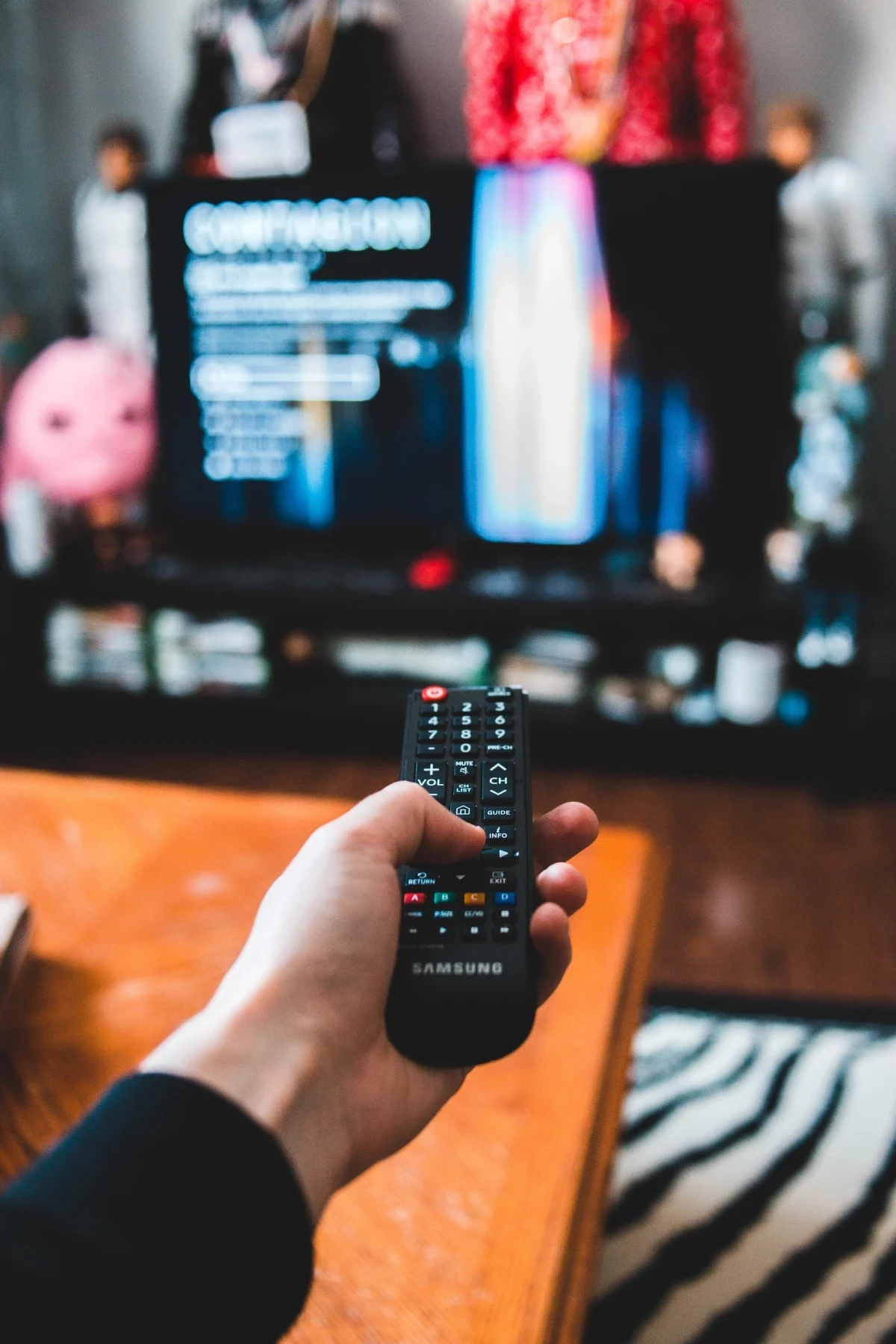
First, Let’s Talk About the Failures
Before we celebrate the wins, we have to talk about the train wrecks. Why do so many adaptations fall flat? From my experience, it usually boils down to one of two things.
First, the filmmakers misunderstand the soul of the book. They might get the plot points right, but they miss the tone entirely. Think about beloved young adult fantasies that are full of wit and complex world-building. When they get turned into movies that strip out the humor and oversimplify the magic, fans feel betrayed. The movie feels like a hollow shell because the very thing that made the book special is gone.
The second major pitfall is trying to cram too much in. A 400-page book has room for sprawling subplots and dozens of characters. A two-hour movie does not. When a creative team tries to include every little thing, the film becomes a rushed, confusing highlight reel. It jumps from scene to scene without any time for emotional moments to land. Understanding what to cut is just as important as knowing what to keep. The best adaptations are brave enough to leave things out to let the main story breathe.
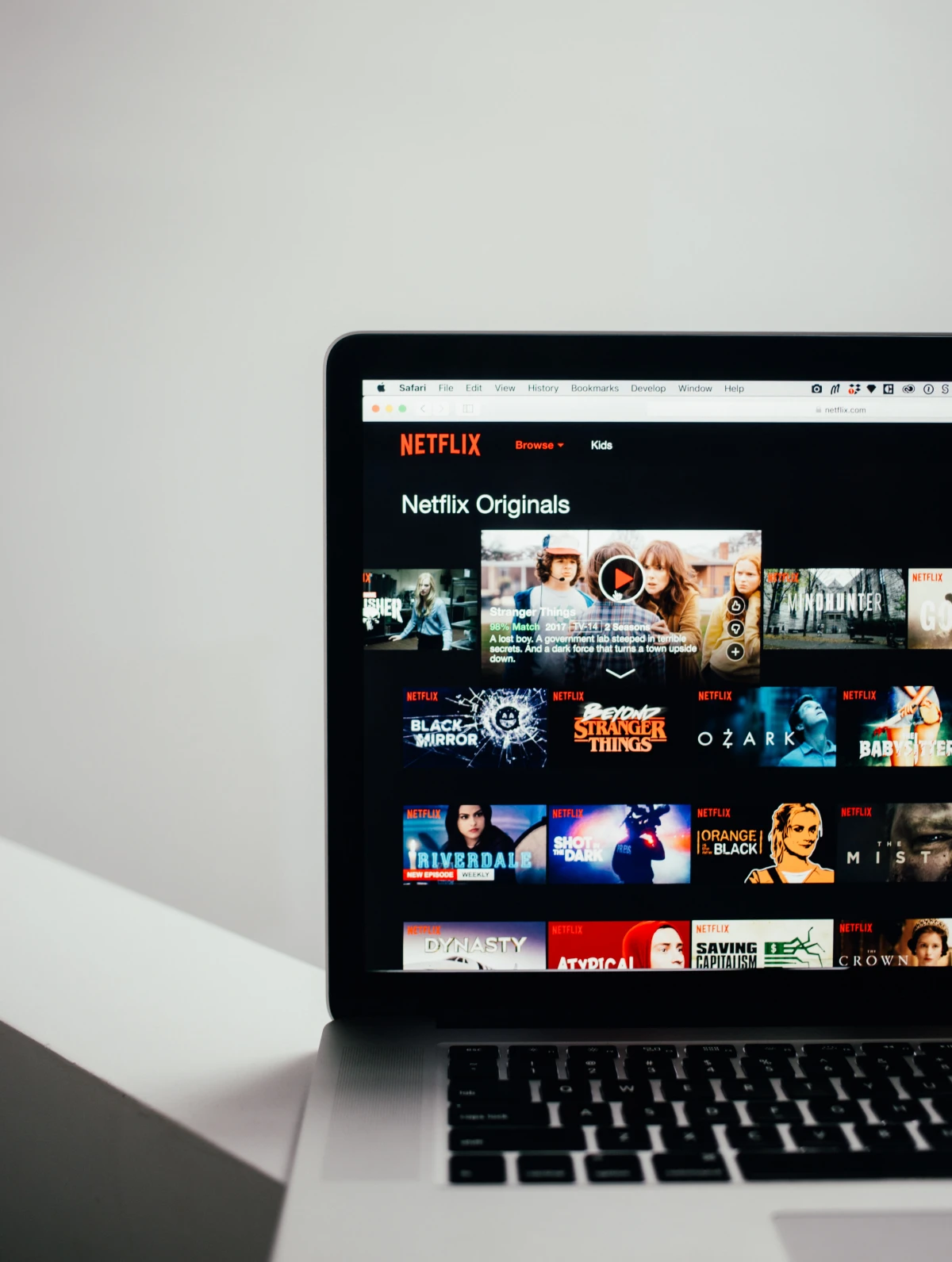
The Big Challenge: Making Thoughts Visible
Okay, so here’s the fundamental problem every adapter faces: a novel lives inside a character’s head. An author can spend pages exploring someone’s private turmoil, their memories, their quiet hopes. Film, on the other hand, is all about the outside. It shows what people do and say. It can’t easily show what they think without resorting to a clumsy voice-over, which often just tells you what you should be feeling.
This is the puzzle. How do you turn a character’s internal feelings into something you can see and hear? This is where the real craft comes in. A skilled team uses a whole toolkit of tricks to pull it off. Let’s pop open that toolbox for a second.
A Peek Inside the Filmmaker’s Toolbox:
- Color Grading: This is basically putting a color filter over the whole film to create a mood. A story about a summer romance might be drenched in warm, golden tones to feel nostalgic and dreamlike. A thriller might use cool, sterile blues and grays to create a sense of unease. It’s a powerful, subliminal way to guide the audience’s emotions.
- Pacing and Editing: A character’s anxiety can be shown through quick, jarring cuts that make you feel disoriented. In contrast, long, unbroken shots can create a sense of realism or make a moment feel incredibly important and intimate. The rhythm of the edits is like the film’s heartbeat.
- Production Design: This is everything you see in the frame—the furniture, the costumes, the props. A character’s messy, cluttered apartment can tell you more about their state of mind than a page of dialogue. A perfectly tailored suit can communicate power and control. A costume budget for a period piece can be huge, but getting those details right is what sells the world.
A good adaptation tells the story. A great one makes you feel the story in the same way the book did, just using a different set of tools.
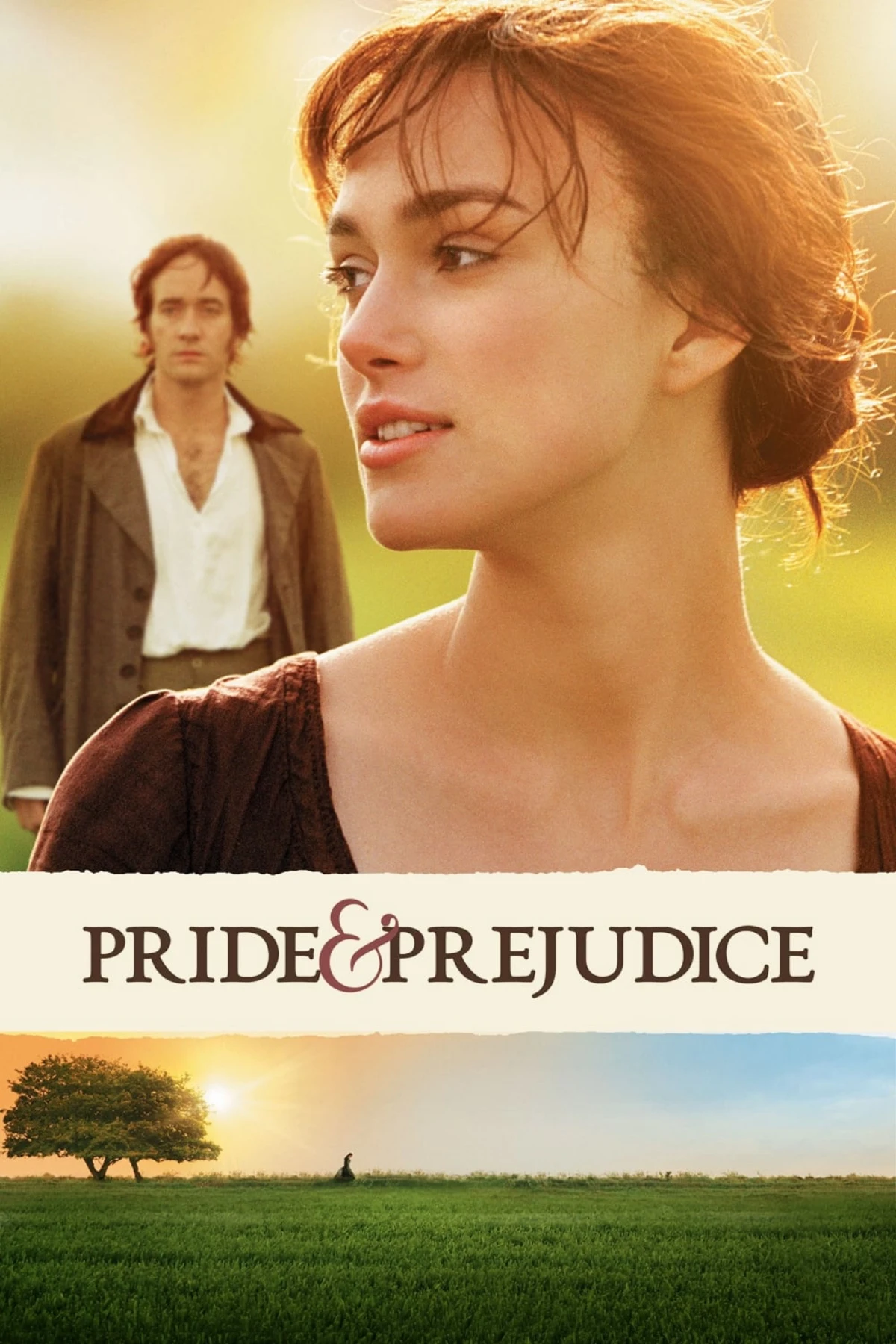
Case Study: Capturing Wit in a Lived-In World (Pride & Prejudice)
Adapting classic literature is a massive challenge. These novels aren’t just about plot; they’re about sharp social observation and irony that’s woven deep into the narration. A film that only gets the “boy meets girl” part right misses the whole point.
The Book’s Challenge: How do you condense a rich social tapestry and a character’s internal wit into a two-hour film? How do you show one character’s sharp, judgmental nature and another’s painful shyness without a narrator spelling it out?
The Cinematic Solution: A well-known modern film version chose to focus on creating a specific feeling: a messy, lived-in, and emotionally raw world. Instead of stuffy, museum-like sets, we get a home full of mud, noise, and chaos. The creative team used long, continuous camera shots, like one that sweeps through the Bennet household, to create a sense of bustling energy. It visually establishes the family’s hectic life and Elizabeth’s place in it instantly.
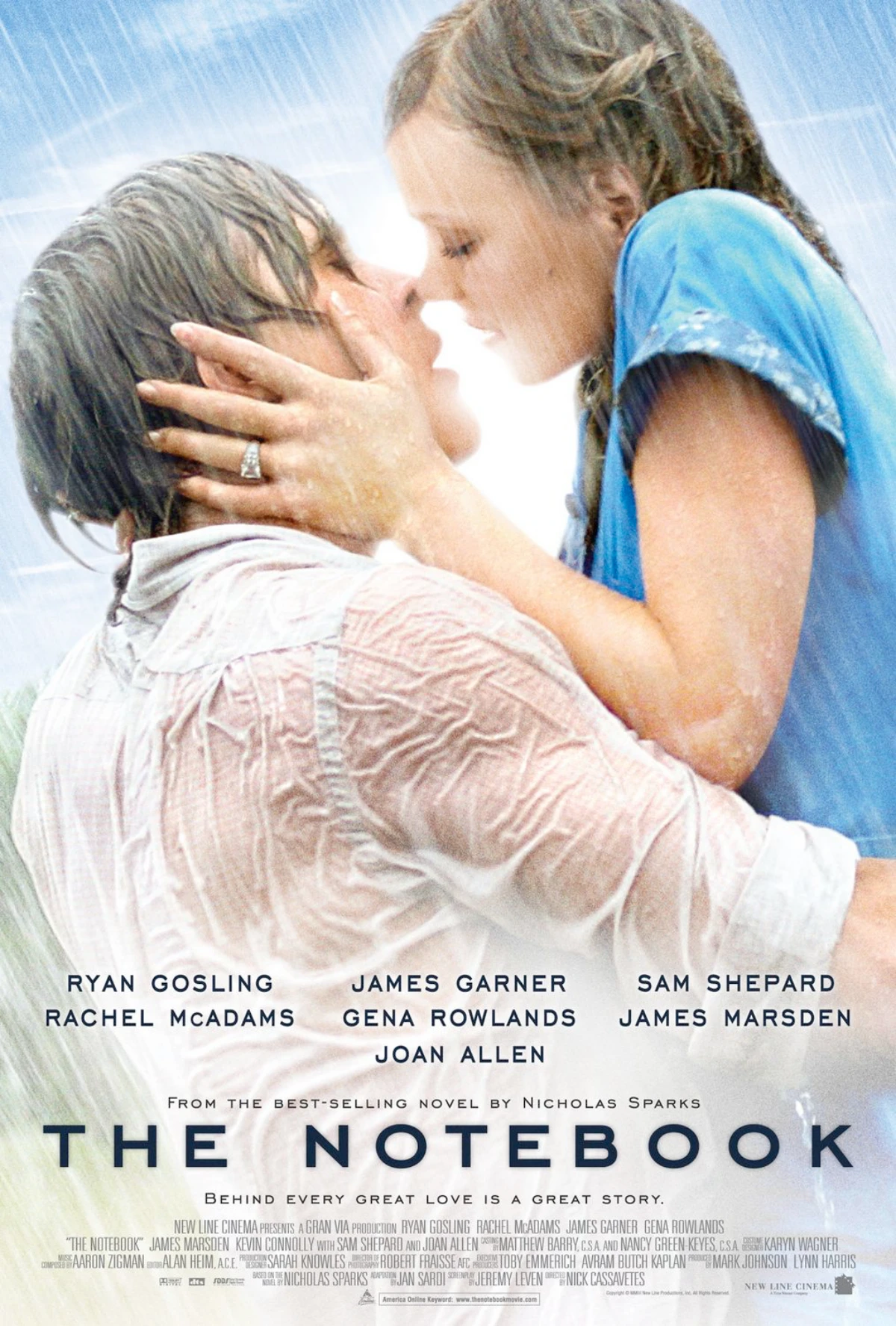
The lead actress’s performance is also key. Her Elizabeth is fiercely intelligent, but you see it in her quick, watchful eyes and the sharp turn of her smile. When she overhears Darcy’s insult at the ball, the camera stays right on her face. We see the flash of hurt, then the defiant lift of her chin. That’s pure cinematic storytelling, no narration needed.
Case Study: Manufacturing Epic Emotion (The Notebook)
Some romance novels are designed for maximum emotional impact. They’re built on grand romantic gestures and the idea of a singular, fated love. This style is both a strength and a challenge to put on screen.
The Book’s Challenge: The story’s power comes from its framing device—an old man reading to a woman with dementia. The big reveal is that they are the couple from the story. This could feel gimmicky in a film. The bigger challenge is making the central love story feel truly epic, not just like a standard summer fling.
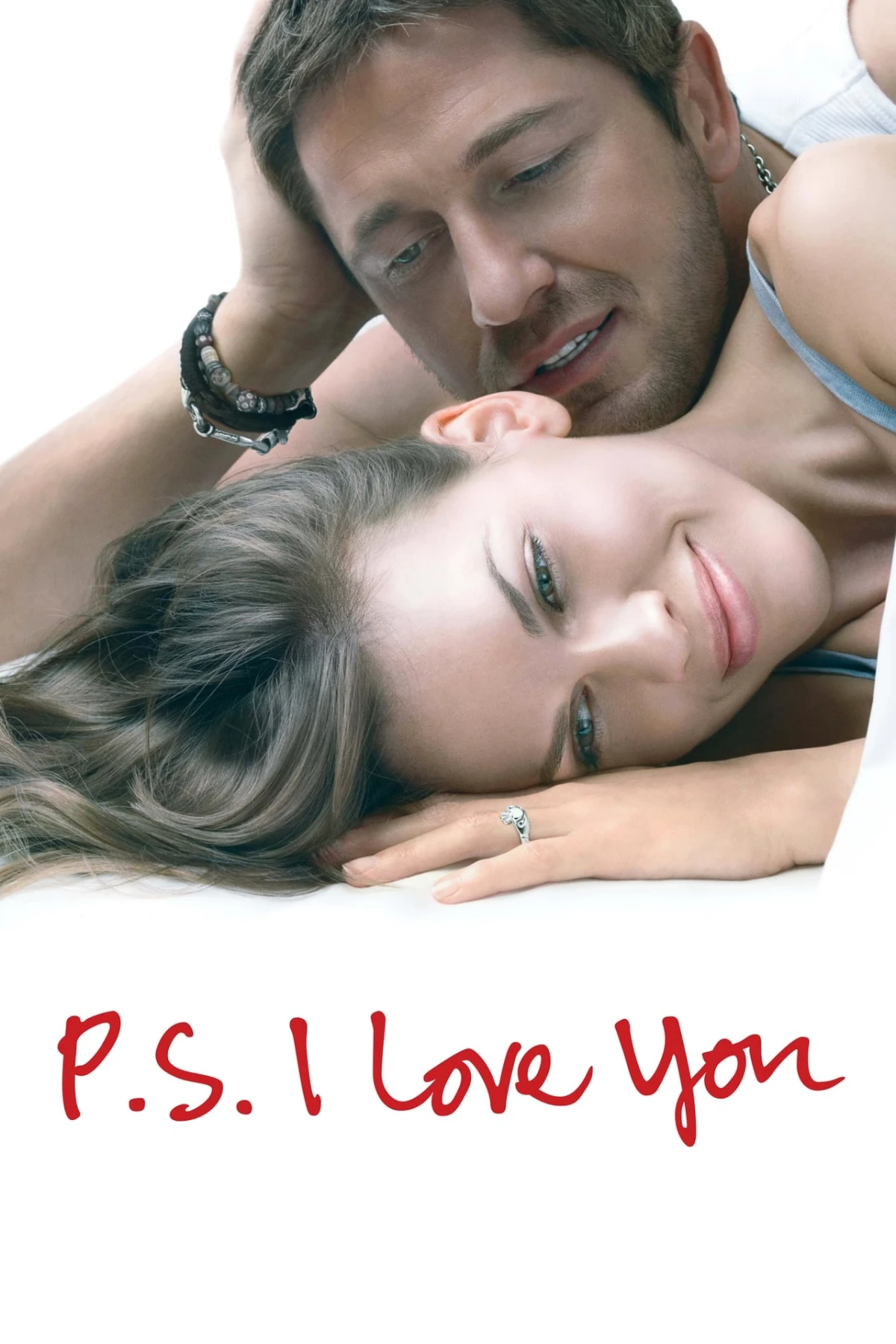
The Cinematic Solution: The film leans into the romanticism without apology. Its success rests on two pillars. First, the undeniable chemistry between the lead actors. Fun fact: the two leads famously couldn’t stand each other at first, which makes their on-screen passion even more of a testament to their acting skill. Casting directors will tell you that kind of chemistry is gold; you can’t write it or force it. It’s either there or it isn’t.
Second, the film uses strong visual cues. The flashbacks are shot in those warm, saturated, golden tones we talked about, giving the love story a dreamlike quality. The present-day scenes are cooler, visually reflecting the clinical reality of a nursing home. And that famous scene in the rain? It’s huge, dramatic, and would feel over-the-top in most films. But because the movie fully committed to its epic, fairy-tale tone, it just… works.
Case Study: Structuring a Story About Grief (P.S. I Love You)
Grief is one of the hardest things to show on screen because it’s so internal. It can feel static and slow. The original novel cleverly gives the main character a path forward through letters left by her late husband.
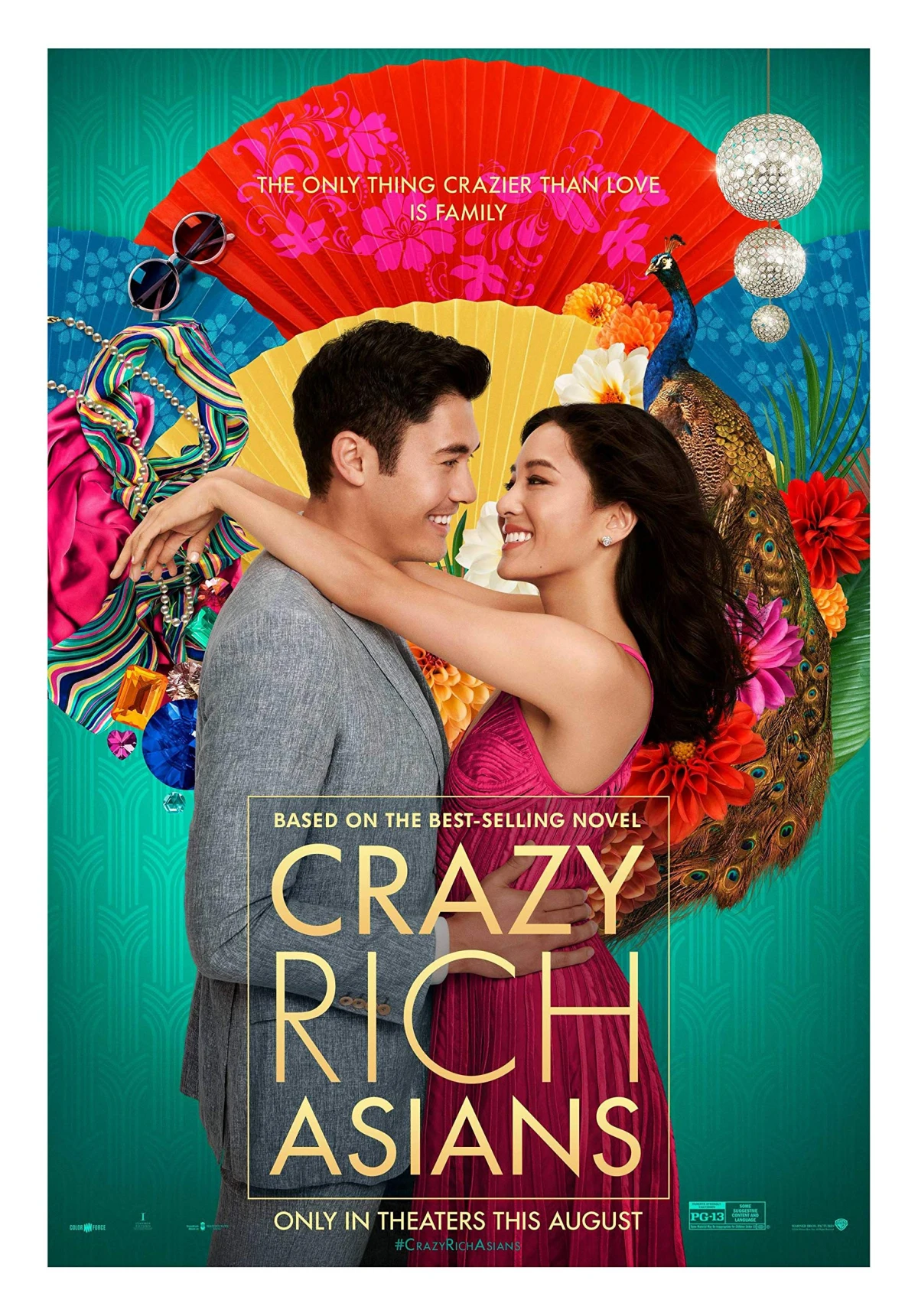
The Book’s Challenge: The biggest risk is that the story could become relentlessly sad. How do you honor the pain of loss while still creating a hopeful and engaging movie? Tricky.
The Cinematic Solution: The film succeeds by making the main character’s journey active, not passive. Gerry’s letters aren’t just memories; they are instructions, giving the plot forward momentum. For example:
- Task: Go out and buy a killer new outfit. Cinematic Result: It forces her out of her sweatpants and back into the world, leading to a small but significant step in reclaiming her identity.
- Task: Sing karaoke. Cinematic Result: It creates a funny, cringey, and ultimately cathartic public scene that pushes her way out of her comfort zone.
- Task: Take a trip to Ireland. Cinematic Result: This externalizes her internal journey. The lush, green landscapes offer a literal and figurative breath of fresh air, a visual contrast to her dark, cramped apartment. It’s a great example of using geography to show emotional progress.
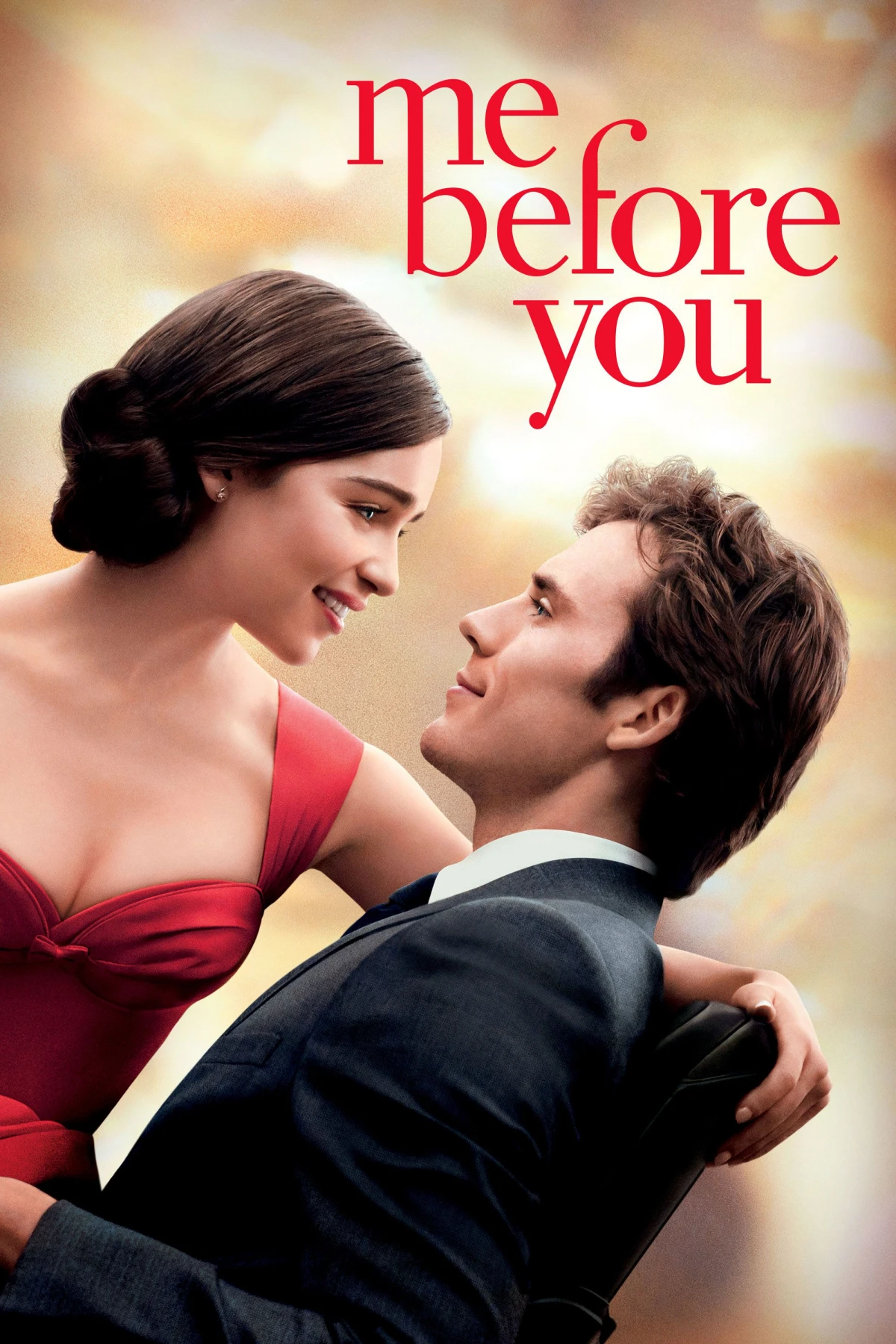
Case Study: Translating Satire and Culture (Crazy Rich Asians)
Some books are more than a romance; they’re a sharp, funny satire packed with cultural details, footnotes, and brand names. That richness is charming on the page but a nightmare to adapt.
The Book’s Challenge: How do you translate dense cultural details for a global audience without using clunky exposition? How do you make a world of unbelievable wealth feel both dazzling and relatable?
The Cinematic Solution: The director made a brilliant choice: instead of explaining the wealth, he decided to show it. The film is a visual feast of stunning homes, lavish parties, and high fashion. This is filmmaking 101: show, don’t tell. We don’t need a footnote to understand a family’s power when we can see how an entire airport terminal stops just because they’ve arrived.
The film’s greatest triumph is the mahjong scene. In the book, the confrontation is a powerful conversation. The film transforms it into a tense, strategic game of mahjong. This is a masterstroke. The game becomes a metaphor for their conflict, with every tile played being a calculated move. One character’s choice to intentionally let the other win the game to make a point is a powerful visual representation of her strength. It’s a scene completely unique to the film but captures the book’s spirit perfectly. If you can, pull this scene up online—it’s a masterclass in cinematic subtext.

By the Way, Sometimes the Movie Is Just… Better
I know it’s controversial to say, but let’s be real: sometimes the movie improves on the book. This often happens when a book has a fantastic concept but maybe a less-than-perfect execution. A film can take that core idea, tighten the plot, sharpen the dialogue, and elevate it with incredible performances and visuals. Think of stories like The Devil Wears Prada or Forrest Gump, where the films became cultural touchstones that, for many people, eclipsed the original novels. It’s not an insult to the book; it’s a credit to what the collaborative art of filmmaking can achieve.
How to Watch an Adaptation Like a Pro
Okay, you’re ready to put on your critic hat. The next time you watch a movie based on a book, don’t just ask, “Was it faithful?” Ask these questions instead:
- What is the feeling of the book, and did the movie capture it? Was the book funny? Tense? Melancholy? Did the movie’s music, colors, and pacing create that same feeling?
- What was left out, and why? Notice the missing subplots or characters. Did cutting them help focus the story, or did it leave a gaping hole?
- How did the film make internal thoughts external? Did they use a clever visual metaphor (like the mahjong game), a revealing piece of costume, or was it all in the actor’s eyes?
- What did the film add? Look for scenes or characters that weren’t in the book. Did they add a new layer to the story, or did they just feel like fluff?
The best way to approach a film adaptation is with an open mind. They are two different works of art. One doesn’t cancel the other out. The film can’t give you the quiet intimacy of reading, but the book can’t give you the thrill of a perfect musical score. So, the eternal question: book first or movie first?
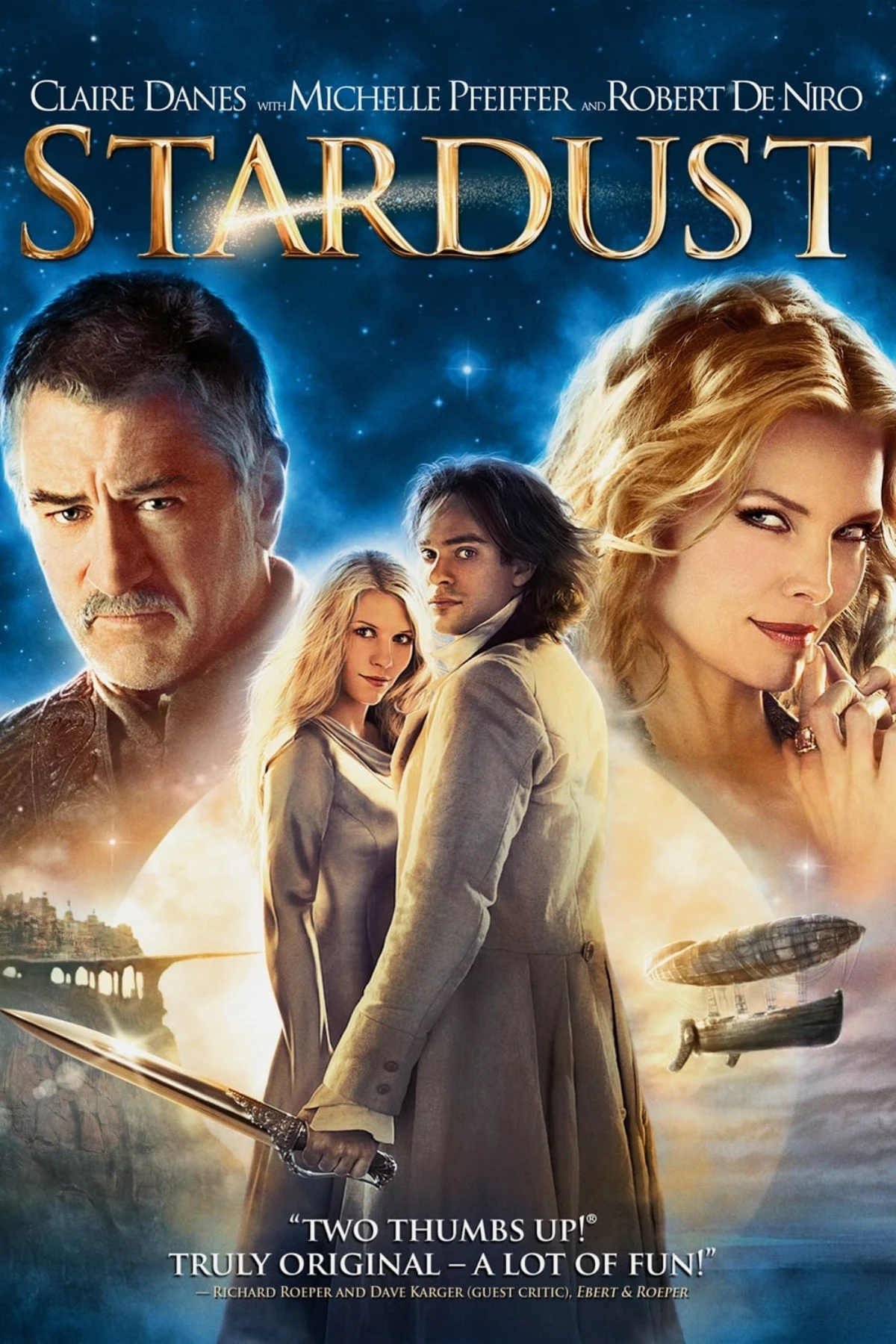
Honestly, there’s no right answer, just different experiences.
Read the Book First?
Pro: You get to appreciate the source material and spot all the clever changes the filmmakers made. It’s like having a backstage pass.
Con: Spoilers! You’ll know every twist and turn, so you lose the element of surprise.
See the Movie First?
Pro: You get to experience the story as a pure piece of cinema, with no preconceived notions. It’s a clean slate.
Con: The book purists might come for you. And the movie will forever shape how you picture the characters when you finally read it.
Ultimately, a great adaptation enriches a story, giving us a new way to see and feel something we already love.
Now it’s your turn. Pick a favorite internal moment from a book you love. How would YOU film it? What’s the one key feeling you’d need to capture? Drop your ideas in the comments below!
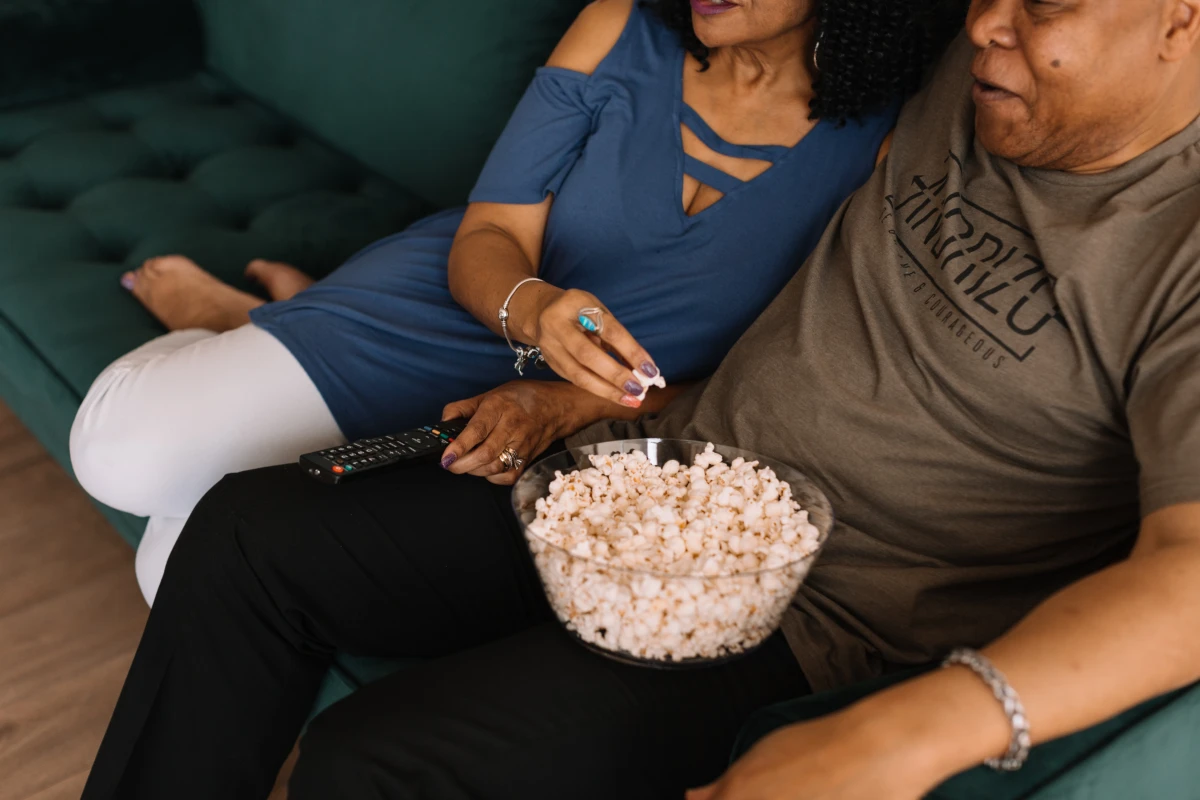
Inspirational Gallery
The Sound of a New World: Often overlooked, the musical score is a powerful tool for translation. It can convey the unspoken dread of a chapter, the soaring hope of a single sentence, or the chaotic energy of a battle described on the page. Think of Hans Zimmer’s score for Dune. The blend of otherworldly throat singing, epic choirs, and industrial percussion didn’t just accompany the visuals; it was the sound of Arrakis, translating Frank Herbert’s dense world-building into pure, gut-rumbling emotion.
Is a two-hour movie ever enough for an epic book?
Sometimes, the format itself is the biggest hurdle. The rise of the high-budget limited series has become a godsend for dense, sprawling novels. While a film must compress and cut, an 8 or 10-episode series on a platform like HBO or Apple TV+ allows the story to breathe. It provides the necessary runtime for character arcs to develop, for subplots to enrich the main narrative, and for the world to feel truly lived-in, much like it does in the novel. It’s a game-changer for books previously deemed ‘unfilmable’ due to their sheer scope.
- A tighter, more focused narrative
- Deeper emotional impact for key scenes
- Clearer character motivations
The secret? The courage to make cuts. An adaptation that sacrifices beloved side-plots to strengthen the central theme often proves far more satisfying than one that tries to be a frantic checklist of the book’s events.
Beyond just looks, perfect casting captures a character’s essence. When Maggie Smith first appeared as Professor McGonagall in Harry Potter, she didn’t just look the part; she embodied the character’s signature blend of stern authority, fierce loyalty, and surprising warmth. Her performance was a masterclass in conveying years of backstory and personality with a simple pursing of the lips or a sharp, knowing glance—moments that live in a reader’s imagination, brought to life.
A 2018 study in the UK revealed that films based on books grossed, on average, 44% more at the box office than films from original screenplays.
This isn’t just because of a built-in audience. A successful novel has already stress-tested its plot, characters, and themes on thousands of readers. It’s a proven concept, giving filmmakers a solid foundation of narrative structure and emotional hooks to build upon, significantly de-risking the massive financial investment a modern blockbuster requires.
The Unfilmable Novel, Filmed:
For decades, Yann Martel’s Life of Pi was considered impossible to adapt. How could you visually represent a story about a boy, a tiger, and a vast ocean, which takes place largely inside the character’s head? Director Ang Lee’s solution was to lean into the magic of cinema itself. He used groundbreaking visual effects not just to create a realistic tiger, but to turn the ocean into a canvas for Pi’s psychological and spiritual state, using bioluminescence and surreal imagery to translate the book’s philosophical core into a breathtaking visual feast.
Spotting a faithful adaptation from just a trailer can be tricky, but here are a few green flags to look for:
- Tone Over Plot: Does the music, color grading, and editing style match the feeling of the book, or is it just showing off big action scenes?
- Iconic Dialogue: The inclusion of a key, character-defining line from the book is often a sign that the writers understand what matters to fans.
- Author Endorsement: Look for an
Page-to-Screen Pacing: A novel can spend pages on a character’s inner thoughts, but a film has to show, not tell. A great adaptation uses visual storytelling to bridge this gap. A character’s messy, disorganized room can say more than a chapter of prose about their state of mind. A lingering close-up on a trembling hand can convey fear more effectively than paragraphs of internal monologue. It’s this translation of feeling into action that separates the masterful from the mundane.
Voice-over as a Crutch: When a film constantly uses a narrator to explain what characters are thinking or what just happened, it’s often a sign that the adaptation has failed visually. It’s the cinematic equivalent of being told the story instead of experiencing it.
Overly Literal Scenery: Sometimes, production design that is 100% faithful to the book’s description can look sterile or uninspired on screen. The best adaptations, like Joe Wright’s Pride & Prejudice, find a visual style that captures the book’s spirit—in this case, a lived-in, slightly messy reality—rather than just its literal text.
The key is finding the balance between honoring the source and embracing the unique strengths of film.










